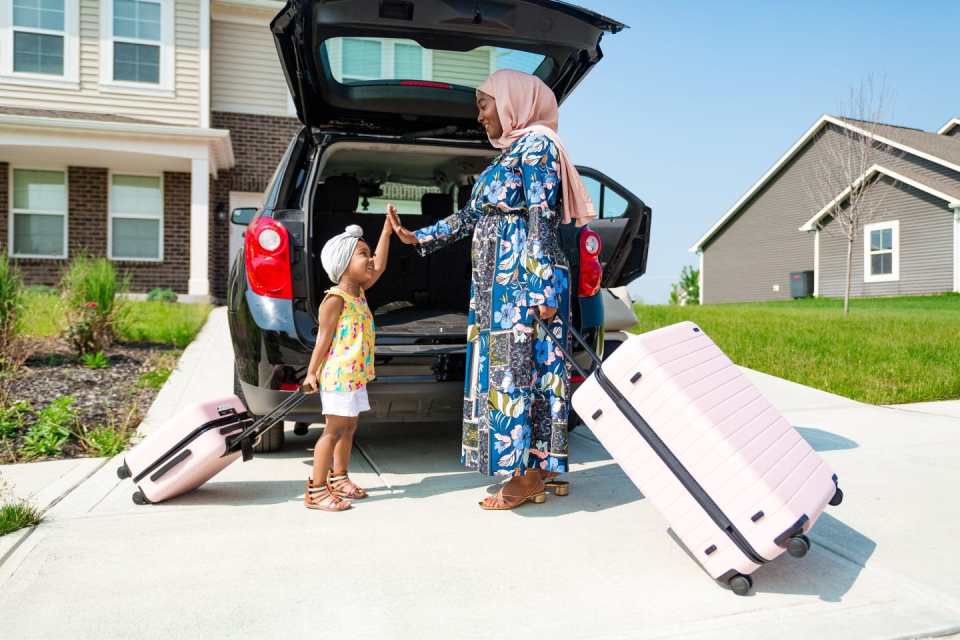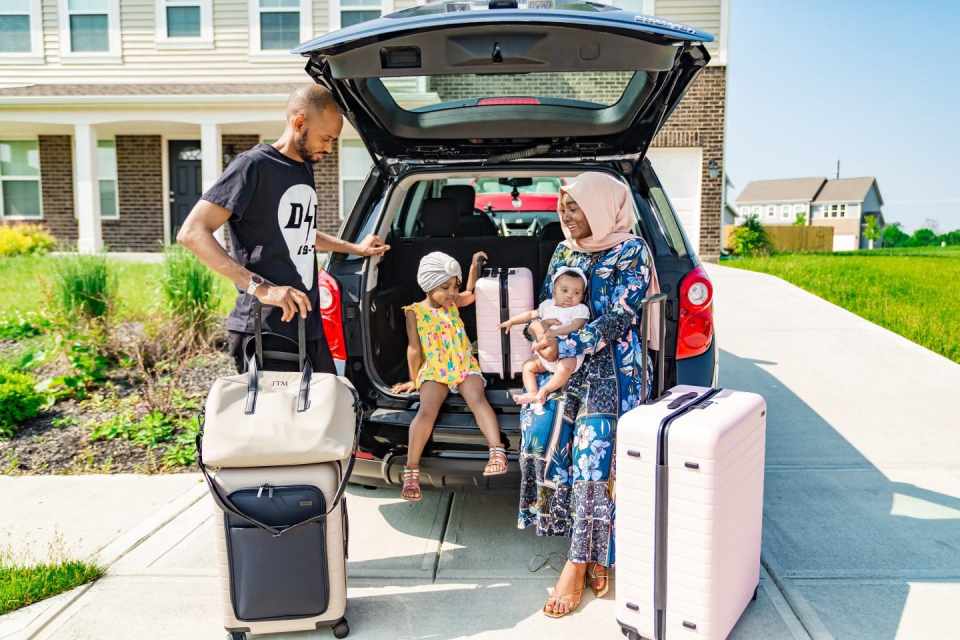Embarking on a road trip is an exciting adventure, but when your journey extends into the night, its crucial to stay informed about the best practices for driving at night. This article will provide you with valuable insights and road trip tips for ensuring a safe and enjoyable nighttime drive.

Why Driving at Night is Different
Driving at night presents unique challenges that are not as prevalent during the day. The reduced visibility, the presence of nocturnal animals, and the increased likelihood of encountering fatigued drivers are just a few factors that make night driving distinct. Therefore, understanding these challenges is the first step toward preparing effectively.
Preparing Your Vehicle
Check Your Headlights
Properly functioning headlights are vital for night driving. Ensure they are clean and correctly aligned. Consider upgrading to LED or halogen bulbs for better visibility.
Inspect Your Tires
Check for proper tire inflation and tread depth. Good tires ensure better handling and safety, especially in low-visibility conditions.
Windshield and Windows
Keep your windshield and windows clean inside and out to reduce glare from oncoming traffic.
Planning Your Route
Use Navigation Tools
Always rely on reliable GPS tools. Consider using apps that provide real-time traffic updates and alternate routes. You can find great resources on road trip planning resources.
Familiarize Yourself with the Route
Know your route in advance. Being familiar with the roads can help reduce stress and improve safety.
Staying Alert and Vigilant
Get Enough Rest
Fatigue is a significant risk factor. Ensure youre well-rested before setting off on a night journey.
Take Regular Breaks
Plan to stop every two hours to stretch and refresh. This helps maintain your concentration levels.
Stay Hydrated and Snack Smart
Keep water and healthy snacks in the car. Avoid heavy meals that might make you drowsy.
Driving Techniques for Night Safety
Adjust Speed According to Conditions
Reduce speed to account for limited visibility and reaction times. Always follow the speed limits.
Use High Beams Wisely
High beams are helpful on dark roads but remember to switch to low beams when approaching other vehicles.
Mind the Glare
To reduce glare from oncoming vehicles, avert your eyes to the right edge of the road.
Dealing with Wildlife
Many animals are more active at night. Stay alert, especially in rural areas, and reduce speed in known wildlife crossing zones.
Safety in Numbers
If possible, travel with a companion. They can help share driving duties and keep you alert. Involving family can be a fun way to engage everyone in road trip planning.
Emergency Preparedness
Carry an Emergency Kit
Include items like a flashlight, first-aid kit, blanket, and basic tools. These can be lifesavers in an emergency.
Know Whom to Contact
Have a list of emergency contacts and road assistance services. Its crucial for peace of mind.
Conclusion
Road trip tips for driving at night are essential for a safe and memorable journey. By preparing adequately and staying vigilant, you can enjoy the tranquility and beauty that nighttime driving offers. For more tips on planning a family trip, explore the ultimate guide to family road trips.

FAQs
What should I do if I feel sleepy while driving?
Its best to pull over in a safe area and take a short nap or switch drivers if possible.
How can I improve my visibility at night?
Ensure your headlights are clean and properly aligned. Keeping your windshield clean can also reduce glare and improve visibility.
Are there specific routes that are safer for night driving?
Stick to well-lit highways and avoid remote roads if possible. Using apps that highlight safe routes can be beneficial.
This article contains affiliate links. We may earn a commission at no extra cost to you.

